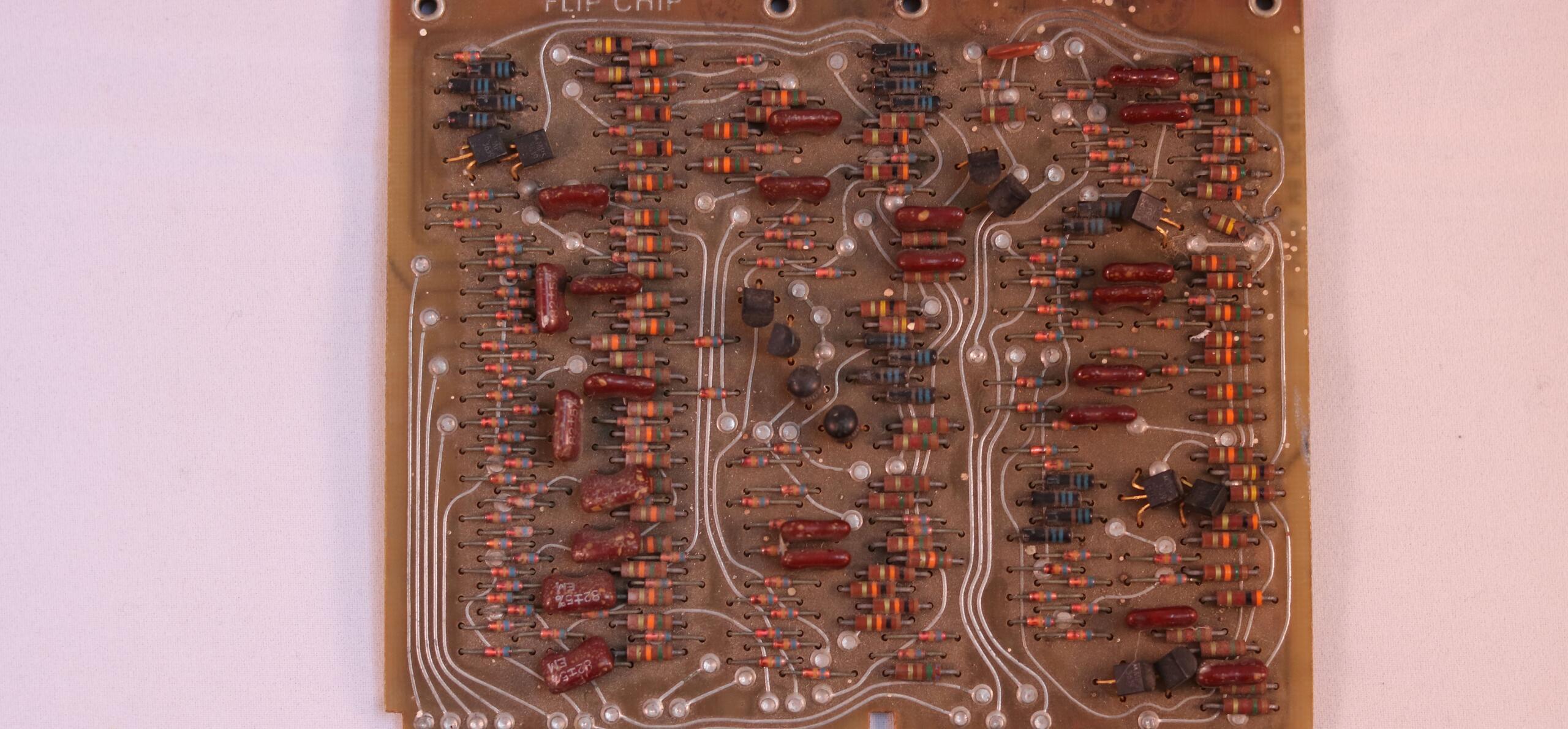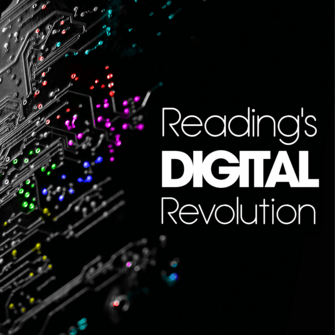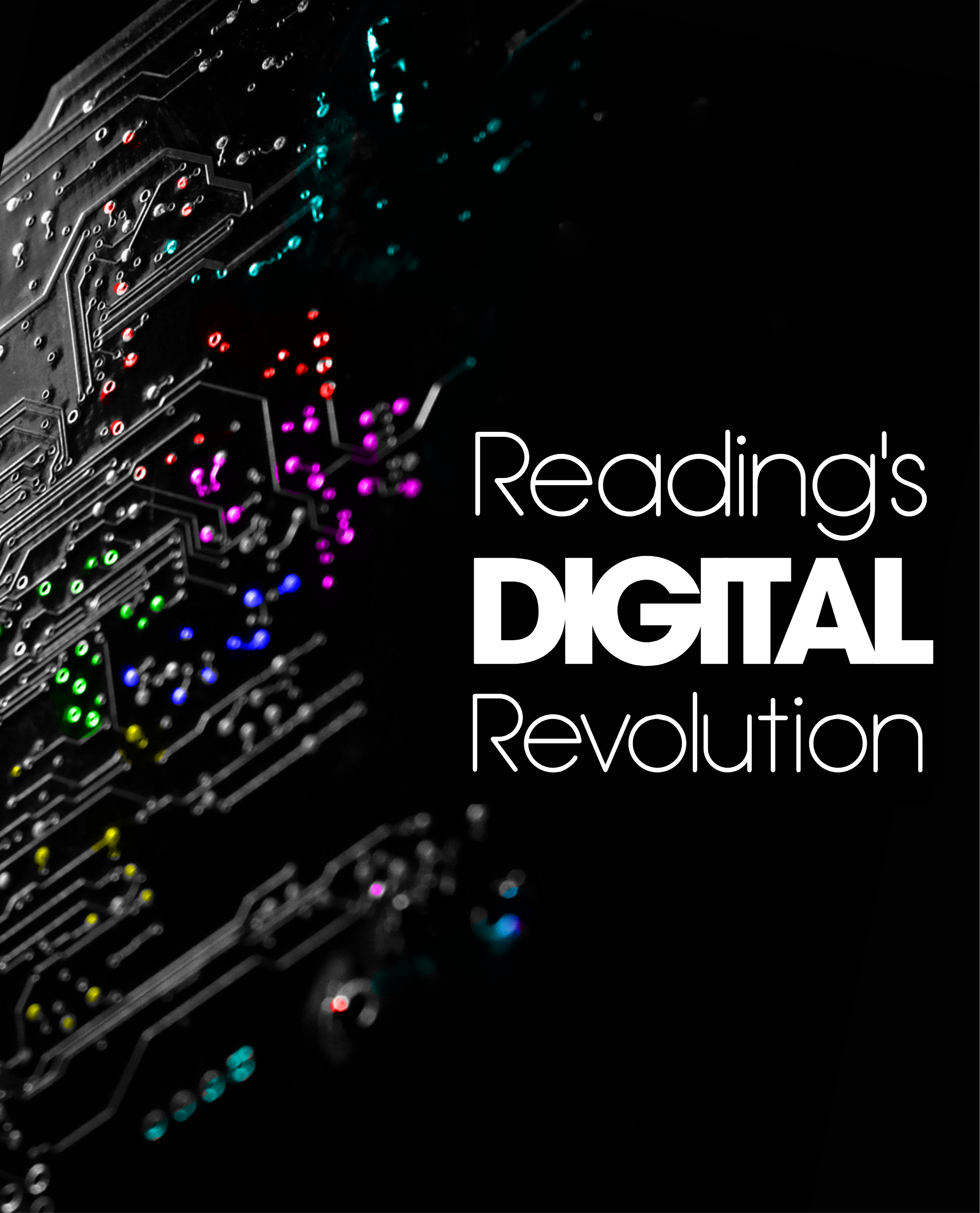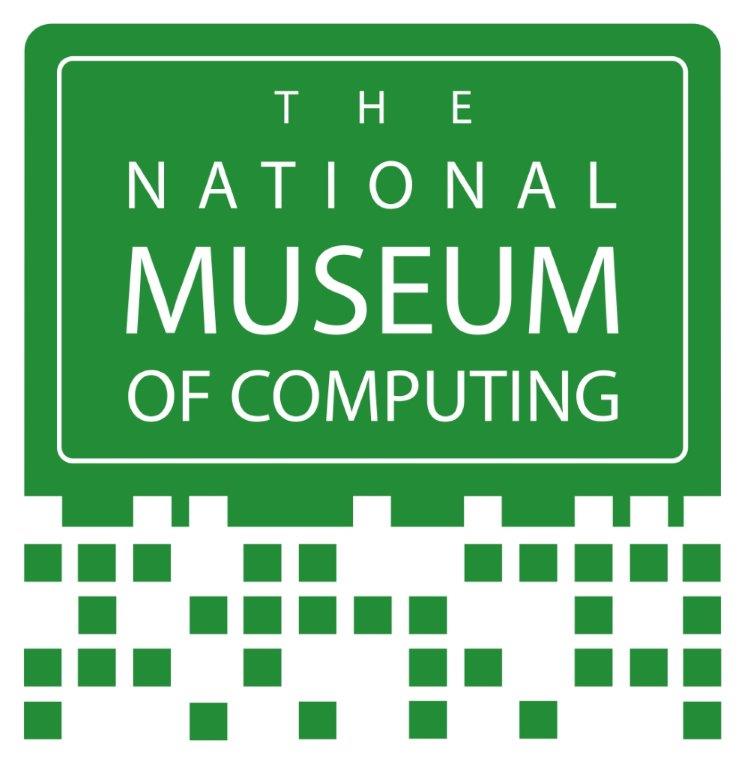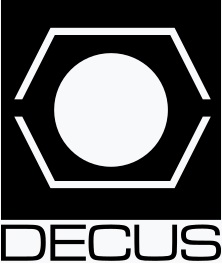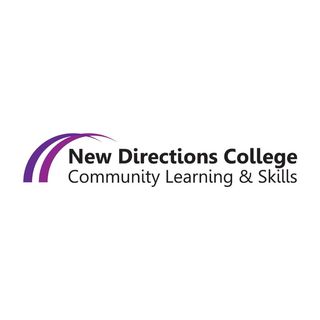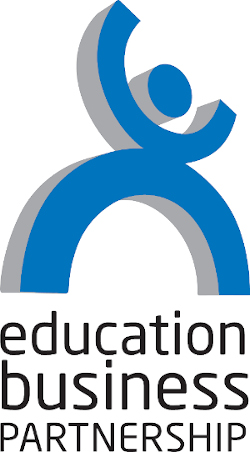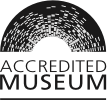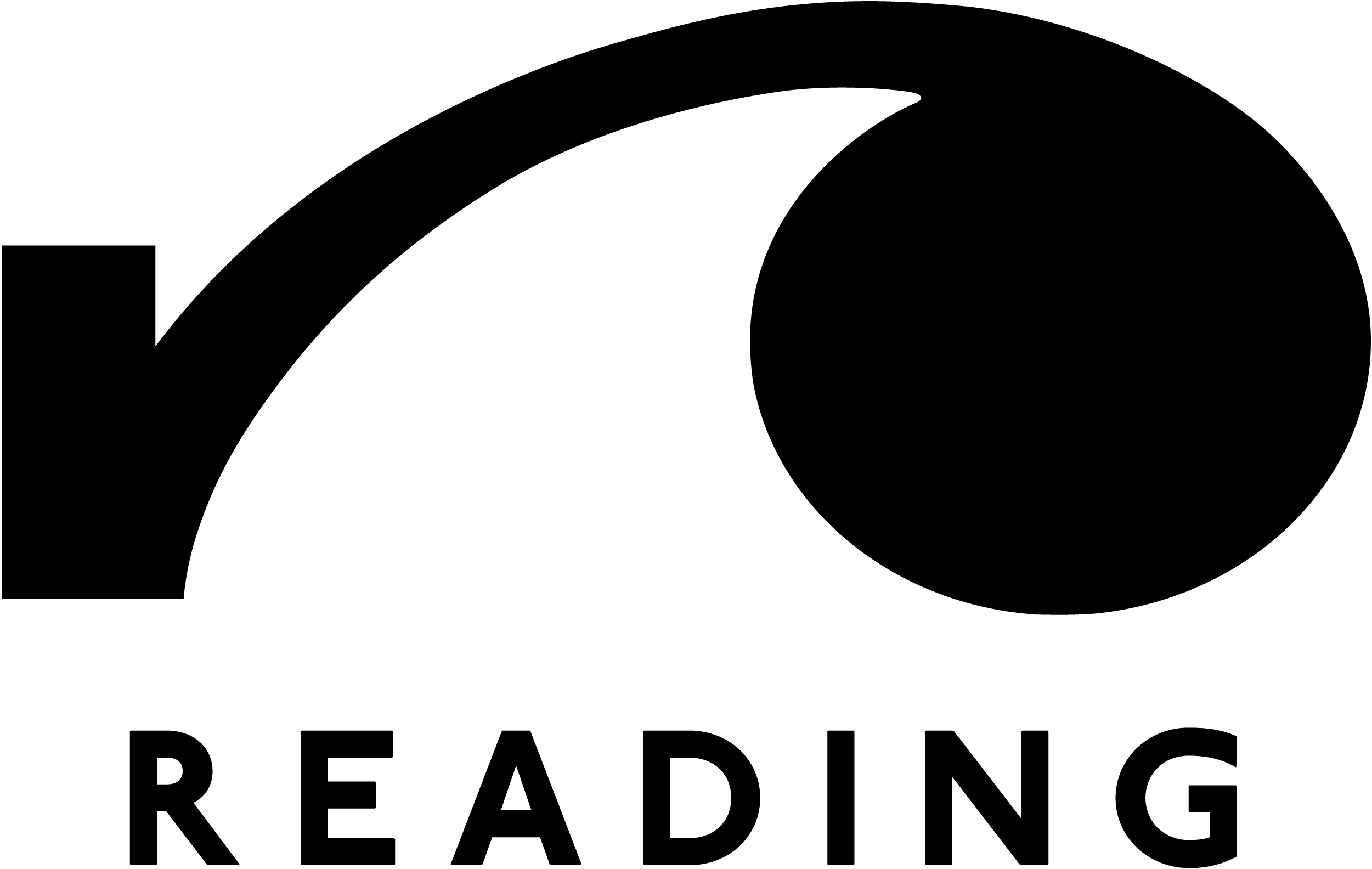We began to explore Reading's digital history with our community cabinet display entitled A Brief History of DEC in Reading, which ran from June-October 2024. To populate the display our project team surveyed over 500 former DEC employees and customers, conducted one-to-one interviews, and started to assemble a collection of rare tech and personal objects to build a unique profile of Reading’s relationship with DEC - a company described as the Apple, Microsoft or Google of its day.
Featuring vintage tech from the 1970s, 80s and 90s, this object-rich display described the birth of Reading’s internationally renowned technology industry with the remarkable story of DEC; a company that became perhaps Reading’s most influential commercial employer during the latter part of the 20th century.
Visitors discovered DEC’s PDP-8 machine, one of the world’s first popular computers. DEC’s important role in pioneering the technology behind the Internet was also featured, along with the part it played in everything from supersonic travel, nuclear research and banking, through to timekeeping at the early Reading half marathons! There were reflections on the growth of the computing industry in Reading going back to the 1960s and what it was like then for a young woman working in software consulting and programming.
Please enjoy this digital version of A Brief History of DEC in Reading.
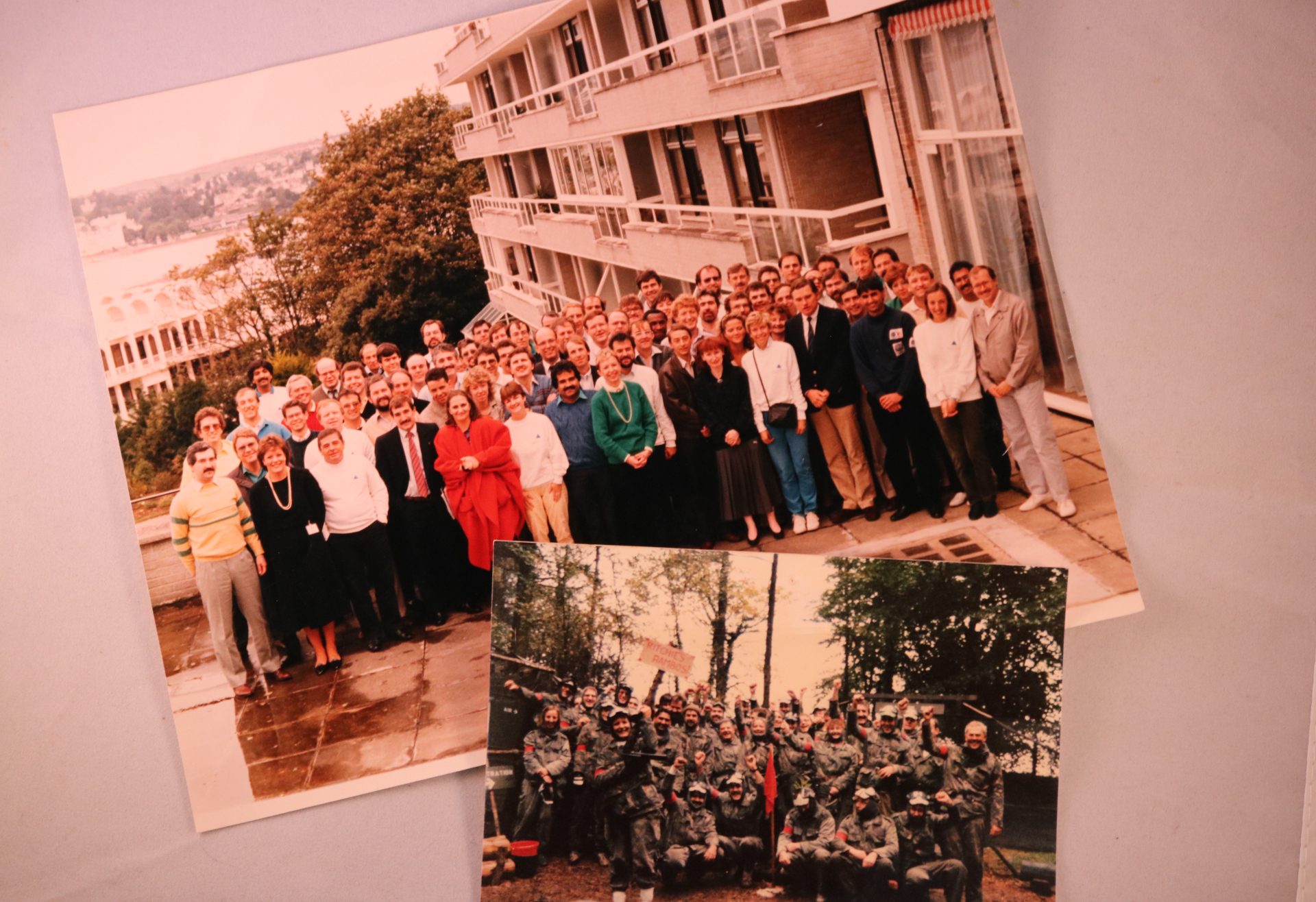
Introduction
The course of Reading’s future was altered during the Spring of 1964 when a new tenant moved into an office space in what was a disused Bingo Hall above Bilbeys furniture shop at 11 Castle Street, now the site of the Brew Dog pub’s function room.
Hungry to develop its European business, a young American computer company, Digital Equipment Corporation (DEC), had dispatched junior executive, John Leng, to open its first UK office. Leng found the Bingo Hall available as an office suite for a modest rent and DEC UK opened for business there with two employees: John and a secretary, Hillary Cheeke.
The organisation rapidly expanded, and in the space of 20 years became Reading’s largest employer with a workforce of over 2,000. The company occupied properties across the town and built a state-of-the-art HQ at Worton Grange, named DEC Park. From its base in Reading, DEC UK was the US parent company’s most successful national subsidiary and played a substantial part in its rise to becoming the world’s second largest computer manufacturer (after IBM).
Visit Worton Grange today however and you won’t find a trace of DEC Park because it was bulldozed in 2010. Twelve years earlier the news reached Reading that Compaq had bought DEC out for $9.6 billion in, what was then, the largest merger in computing history. Compaq was later acquired by Hewlett-Packard who remained in DEC Park until 2006, when they relocated to Winnersh.
DEC has gone but the baton has passed on: besides giants like Microsoft, Oracle, Cisco and DEC’s descendant Hewlett Packard, the Greater Reading area is now home to more than 11,000 Information Communications Technology (ICT) businesses. ICT accounts for 28% of Berkshire’s economic output and is worth £14.58 billion – making it the largest regional ICT cluster in the UK. Quite a return on small start-up budget John Leng brought to invest in Reading all those sixty years ago!
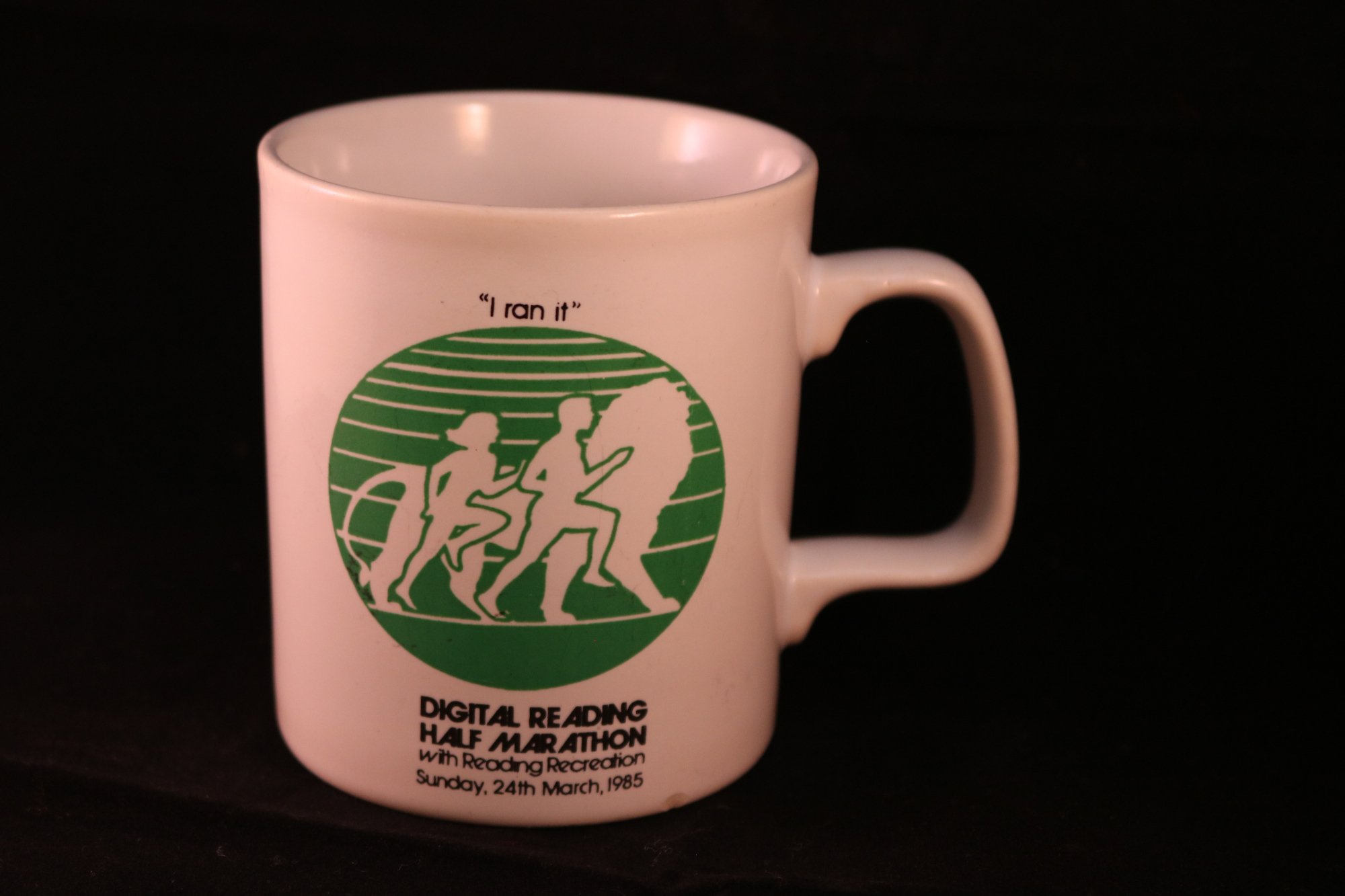
Answering the Call
In 1963, shortly before John Leng opened DEC’s first UK office in Reading, the newly elected Prime Minister Harold Wilson made a famous speech promising to transform society by harnessing the “white heat of the technological revolution”. As DEC’s national centre for research and development, sales, support and training, Reading would be at the heart of this transformation, a company town for the new arts of computing and data processing.
Men and women drawn to Reading from across the UK and overseas joined those born locally, getting to work with DEC’s pioneering technologies in a new, digitally-based industrial revolution. They experienced a corporate working environment unlike any other in Britain. A management culture called ‘The DEC Way’ valued experimentation, encouraged initiative and expected staff to take responsibility.
In return, DEC’s management offered a progressive and supportive culture which prioritised diversity and mobility for all. DEC’s former employees remember the company fondly, describing their loyalty to each other and explaining how working for DEC was the best time of their lives.
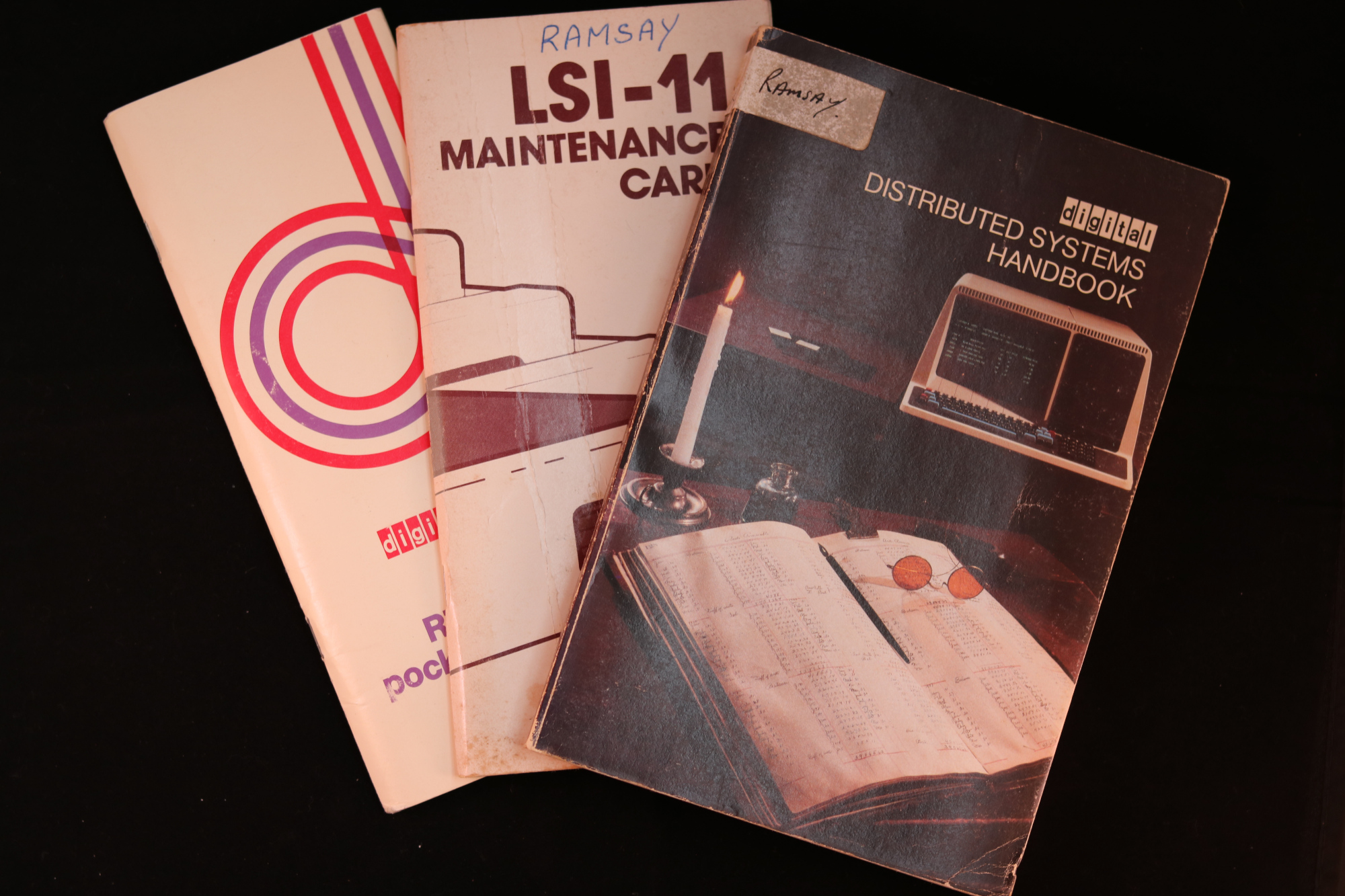
From Minicomputers to the Internet
DEC made market-defining systems called ‘minicomputers’ that - years before the 1980s’ PC explosion - switched people onto programming and changed their lives. DEC UK founder John Leng observed that with Britain noted for its Mini cars and miniskirts, the time was right for minicomputers!
Minicomputers look antiquated compared to today’s PCs, tablets and laptops but they were much smaller, cheaper and more versatile than earlier computers. DEC called their minicomputers ‘Programmable Data Processors’ – or PDPs. As technology advanced so did their functionality and by 1966, the PDP 8 had become the world’s first mass-market minicomputer, with over 53,000 sold.
Reading’s workforce was instrumental in transforming the way Britain worked with minicomputers and the organisation quickly evolved to take on a strategic research and development role. Reading became the first site outside America where DEC computers were modified for customers. DEC’s machines were soon being tailored and programmed to operate huge swathes of UK education, government, and business. This was the work of Computer Special Systems Group, based on Arkwright Road in South Reading.
As times changed, so did the work. By the 1980s, hundreds of engineers were developing software that automated the workplace with electronic documents and email. This was the DEC ALL-IN-1 programme, a forerunner of software like Microsoft Office. Other Reading-based engineers built technologies that connected computers on networks across larger distances, moving bigger volumes of data and voice traffic. DEC was moving into the 1990s and helping to create the Internet as we know it today.
Oral Histories
Objects in Detail
Pin badges
These DEC pin badges were collected by Graham Roberts during a ten-year career with DEC that took him overseas.
Clock tower pin badge
The clock towers depict DEC’s head offices in Maynard, Massachusetts.
Clock tower pin badge
Rainbow pin badge
The Rainbow computer was one of DEC’s answers to IBM’s personal computer, but it failed to sell in sufficient numbers to compete in the saturated PC market.
Flag pin badge
Once a year DEC’s staff and customers met at ‘DEC World’ - a huge week-long conference that took place in Cannes, France and Boston, Massachusetts.
DEC World Pin Badge
Sandy McKenzie, sales recognition plaque
Sandy McKenzie joined DEC as a salesperson in 1984 and by the following year had received this plaque for hitting his annual computer sales target of £1.5 million. Sandy then used his valuable skills moving to Reading as a sales trainer based at Shire Hall in Reading, eventually becoming DEC UK’s sales trainee programme manager.
DEC field service engineer’s tools
Norton Hawes worked as a field service engineer for DEC during the 1970s and 1980s. His toolkit travelled everywhere with him as he visited DEC customers to ensure machinery was operating successfully. This was at a time when computing depended on electrical and mechanical engineering expertise.
Long Service Pens
DEC rewarded long service with the issue of commemorative pens made by the luxury Swiss brand, Caran D’arche. A silver pen was issued after five years and a gold-plated version at the decade mark. Long service was common amongst DEC’s workforce, and the company also awarded pens when employees had been in service for 25 years. The award would often include a celebration: a dinner dance or a weekend away at a hotel.
Software sales excellence award, 1987
As well as computer hardware, DEC produced software programs that were marketed and sold to a national and international client base from offices at DEC Park in Reading. Angela Shore received this Excellence Award in recognition of her achieving personal sales targets and delivering the highest standards of business software support.
Digital 100 sales performance plaque
To qualify for Digital 100 recognition, members of the salesforce had to achieve 100% of their annual sales target. These targets were set by the company directors and were challenging to reach in a highly competitive market. Reading-trained DEC sales personnel travelled nationally and internationally and were known for being among the best in the business. Uniquely, for many years DEC sales staff were not paid commission: rather, they were directed to focus on customer satisfaction.
Digital marketing and sponsorship
DEC’s European marketing department would eventually be based at DEC Park at Worton Grange, where they produced a wide variety of promotional material and publications. As DEC’s business empire expanded the company sponsored major sports, arts and cultural events, including the early Reading Half Marathons.
Reading Half-Marathon Medals
VT101

DEC built its success on the popular, versatile and affordable “minicomputer”. The mini performed computation and data processing, and presented characters on a monitor with instructions relayed to the computer through the keyboard.
PDP-8
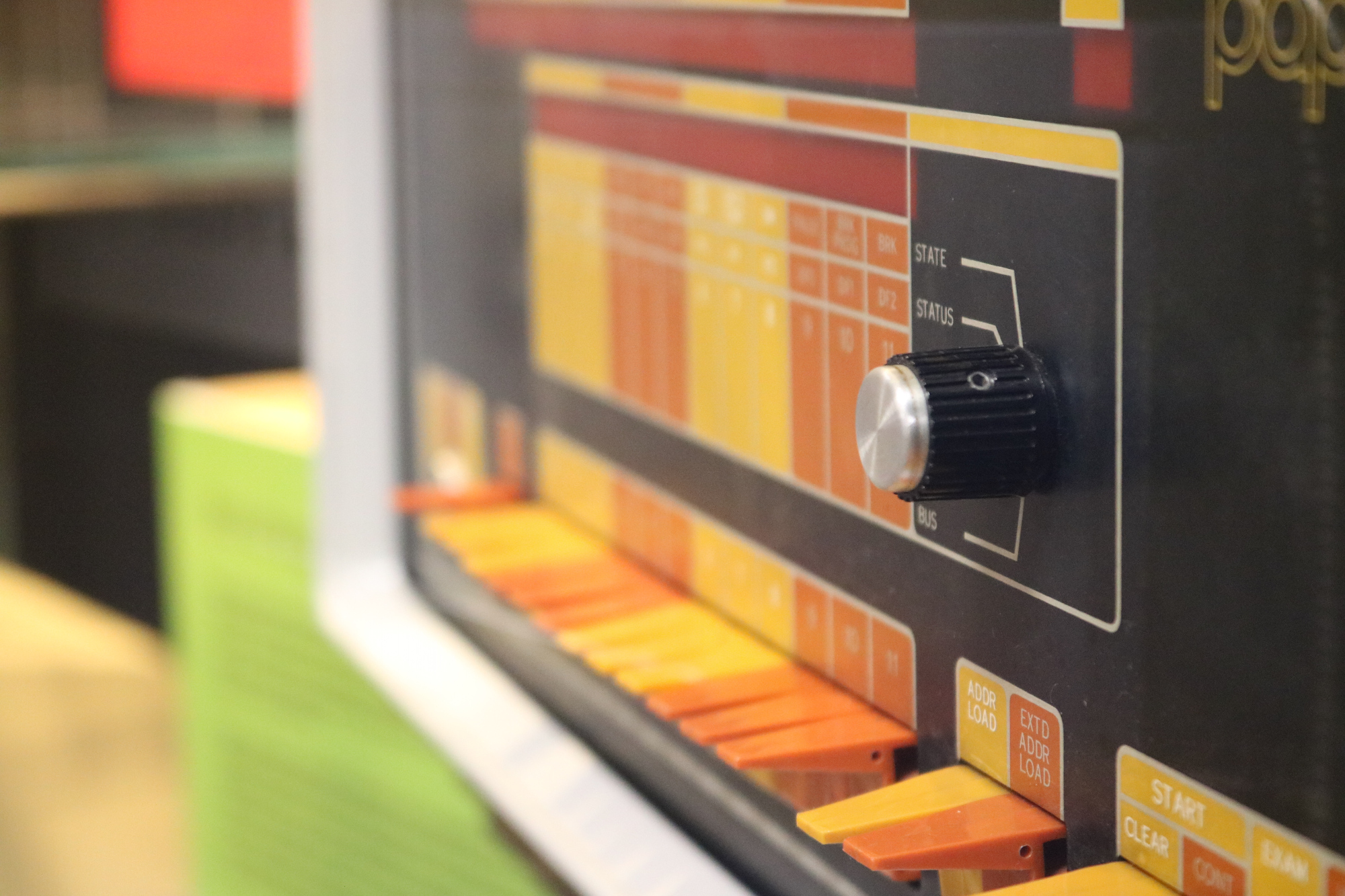
Minicomputers like this PDP-8 were revolutionary - smaller, more versatile and significantly cheaper than the dominant systems of the time. More than 100 companies made minis but DEC prevailed and the PDP-8 was the first commercially successful mini.
